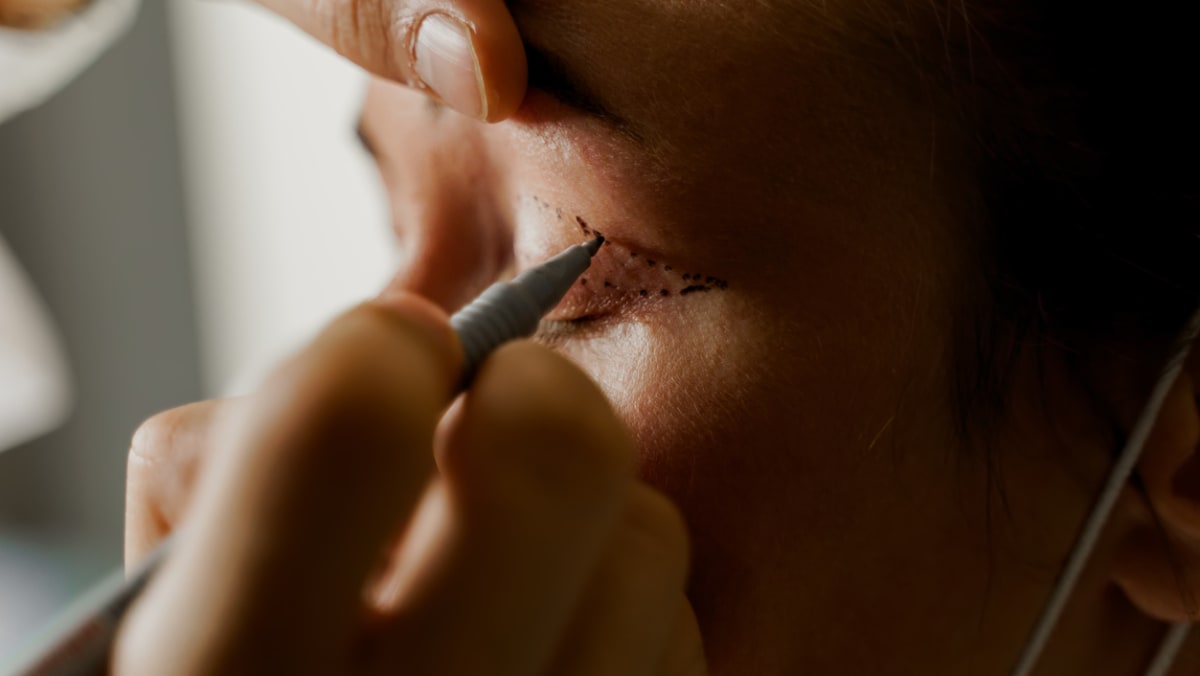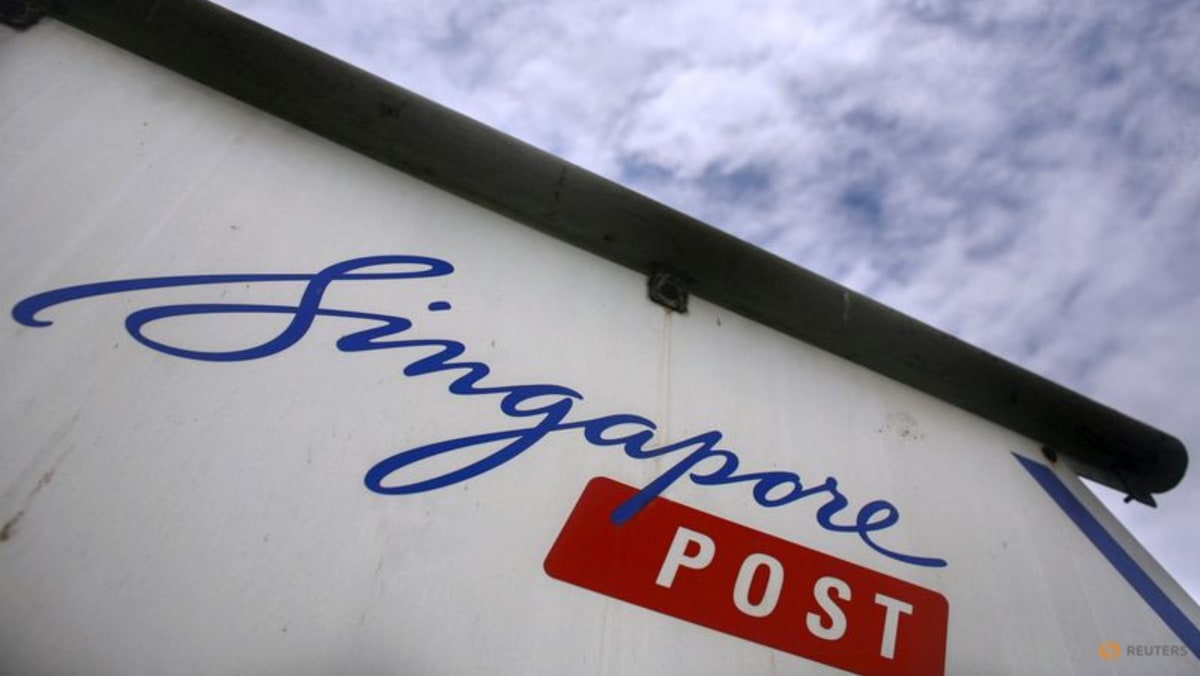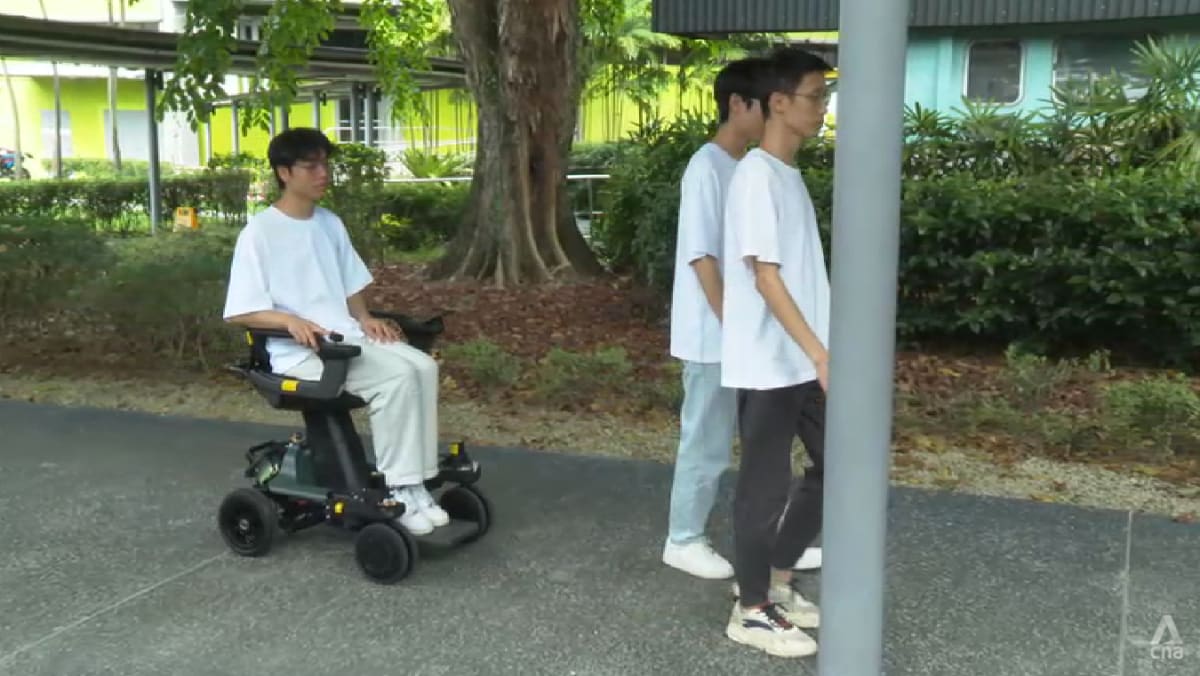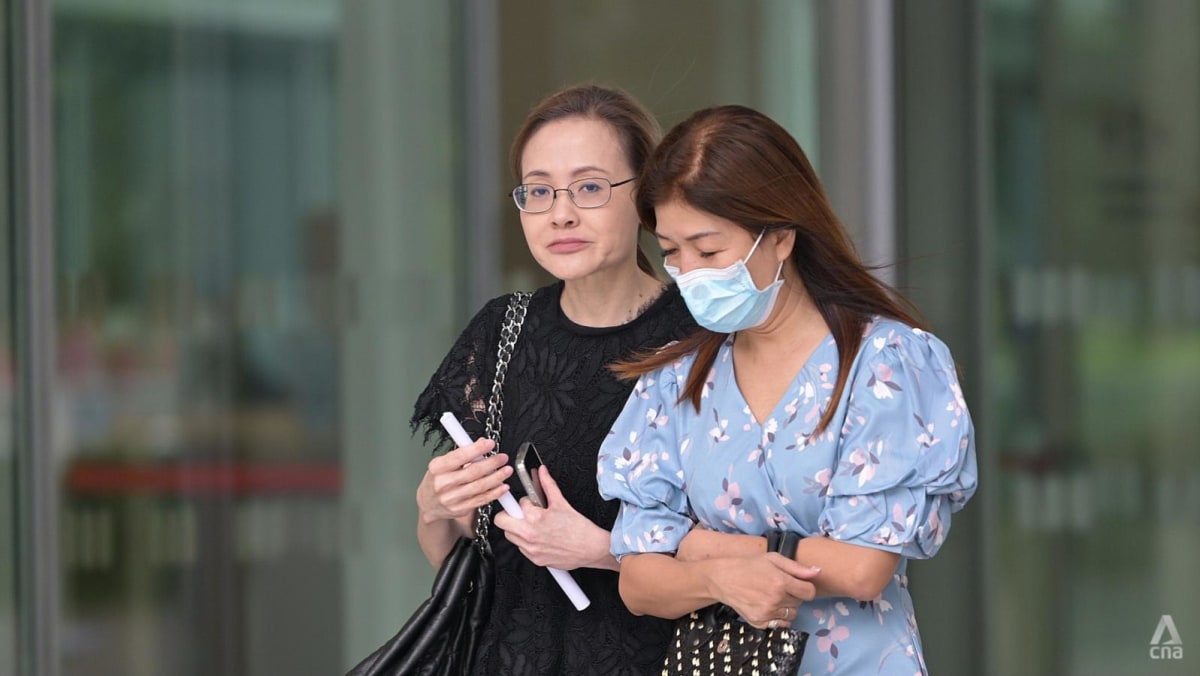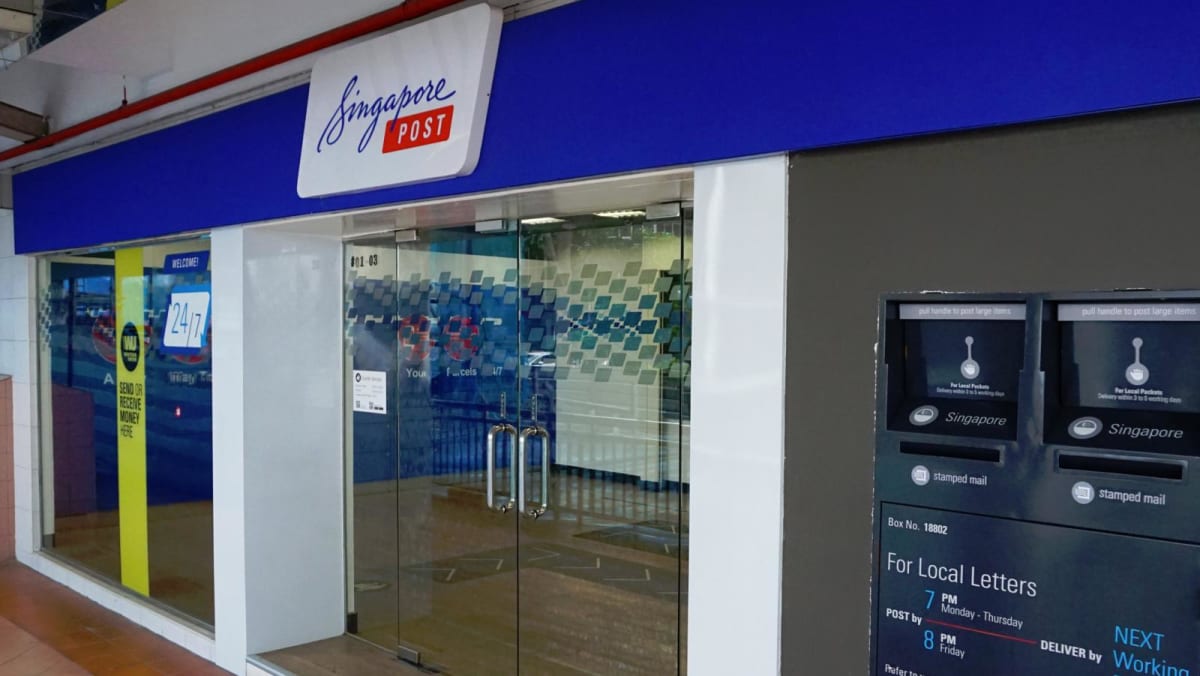The goal is to increase spaces so that by 2027, 80 per cent of children requiring medium to high levels of intervention will be able to receive early support, ECDA added.
This is cold comfort to homemaker and mother of three Valerie Tan, who said that enrolling her six-year-old son who has cerebral palsy in a private centre was too expensive for her family.
The 44-year-old applied for a place for her son in EIPIC when he was about six months old. He eventually secured a spot about 1.5 years later, at two years old.
At the same time, his condition meant that he required constant, consistent therapy even while he waited for the spot at EIPIC.
“Every moment you wait makes a difference,” Ms Tan said.
To get her son the help he needed during this interim period, she approached two non-profit organisations that provided visual therapy and home-based physiotherapy at subsidised rates.
The family also downgraded to a smaller house so that they could afford the necessary therapies and equipment such as wheelchairs for the child, and Ms Tan found a therapist in Kuala Lumpur, Malaysia to save costs.
SHORTER WAITING TIME, HIGHER COSTS FOR PRIVATE PROVIDERS
Faced with long wait times, a number of parents, anxious about the repercussions of further delaying early intervention, have chosen to enrol their children in a private alternative, despite the cost.
The waiting time for a spot in a private setting is typically shorter, between one and three months, but it can also cost thousands of dollars more.
Like EIPIC, these programmes support children with varying developmental needs including those with mild speech delays, social or motor skill challenges and more complex conditions such as autism.
The EIPIC-P, for example, is provided by ECDA-appointed private early intervention centres.
Some centres also have a lower child-to-teacher ratio compared to government-subsidised institutions.
Ms Isabel Tromans, whose four-year-old is on the autism spectrum, said that when she was looking to enrol her son in an early intervention programme, she was told by government agencies that the estimated wait time was “anywhere between six and 28 months”.
“Time is ticking for your child, because you’re aware that (intervention) needs to be done very early, and the waitlist (for a public EIPIC centre) is very long,” the 44-year-old speech therapist said.
“So my initial thought was to get him in a private programme first, before he secures a spot in the public one.”
She applied to a private centre in May this year and was able to start her son there when the new term began in August.
But Ms Tromans estimated that she pays about S$4,000 a month in fees at the private centre. This excludes other therapy costs including for occupational therapy.







